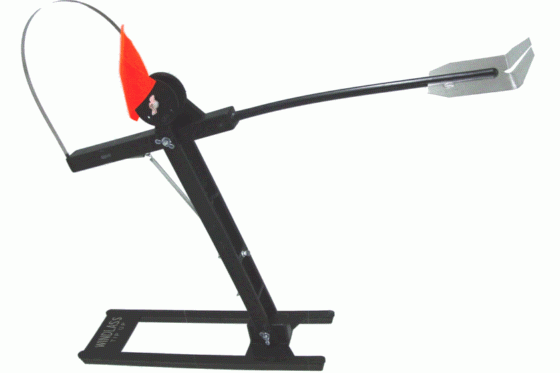Advertisement
To make the most of your time on the ice, it’s best to always have two lines in the water (where legal, of course). But since you can only effectively jig one set-up at a time, it pays to have a helping hand—and that’s where a tip-up shines.There are three common styles of tip-up, each with numerous variations, but here are the basics.
Balanced: This tip-up has two shafts: the jigging stick, which holds the fishing line (sometimes on a spool), and the supporting base post, which you set in the snow close to the hole. The end of the jigging stick pivots toward the sky, and when a fish takes the bait, the shaft tilts down toward the ice. Many ice anglers make their own balanced tip-ups, which are very good for light-biting fish.
Advertisement
Submerged: Effective for all types of ice fishing, this tip-up features a base placed over the hole with the reel sit- ting underwater at the end of a metal shaft. When a fish takes the bait and starts to strip line, the shaft turns and triggers a flag to pop up. This tip-up can fool even the wariest fish, since there’s no resistance or pressure when they bite.
Windlass: As the name implies, this tip-up relies on wind to entice fish to bite. It’s essentially a balanced tip-up, but with a metal plate at the end of the horizontal jigging stick. When wind hits the plate, it moves the stick up and down, imparting a lifelike ac- tion to the bait. When a fish bites and pulls line from a spool, a flag pops up.

